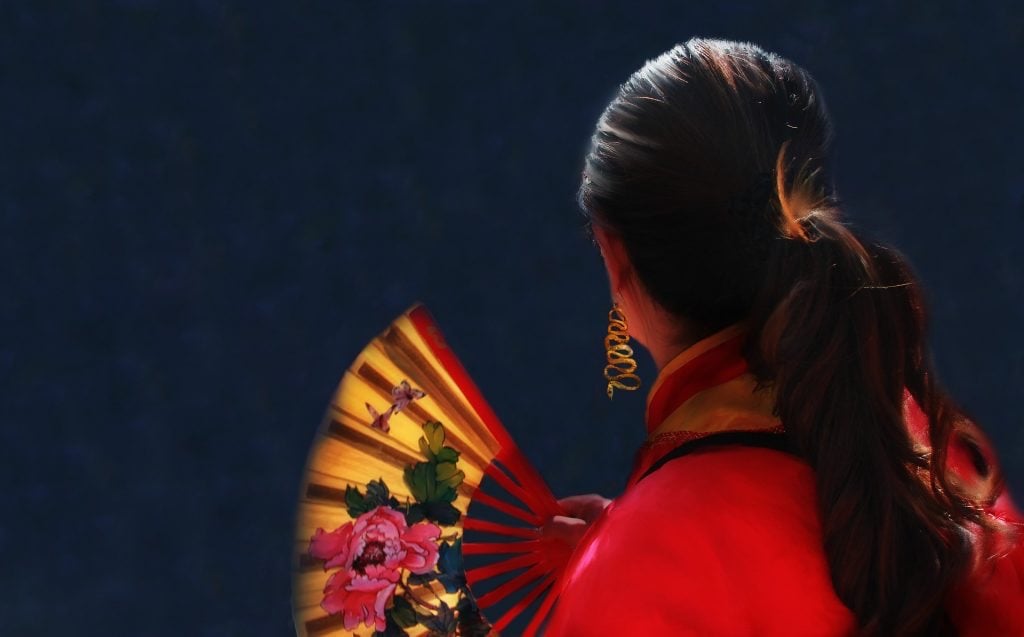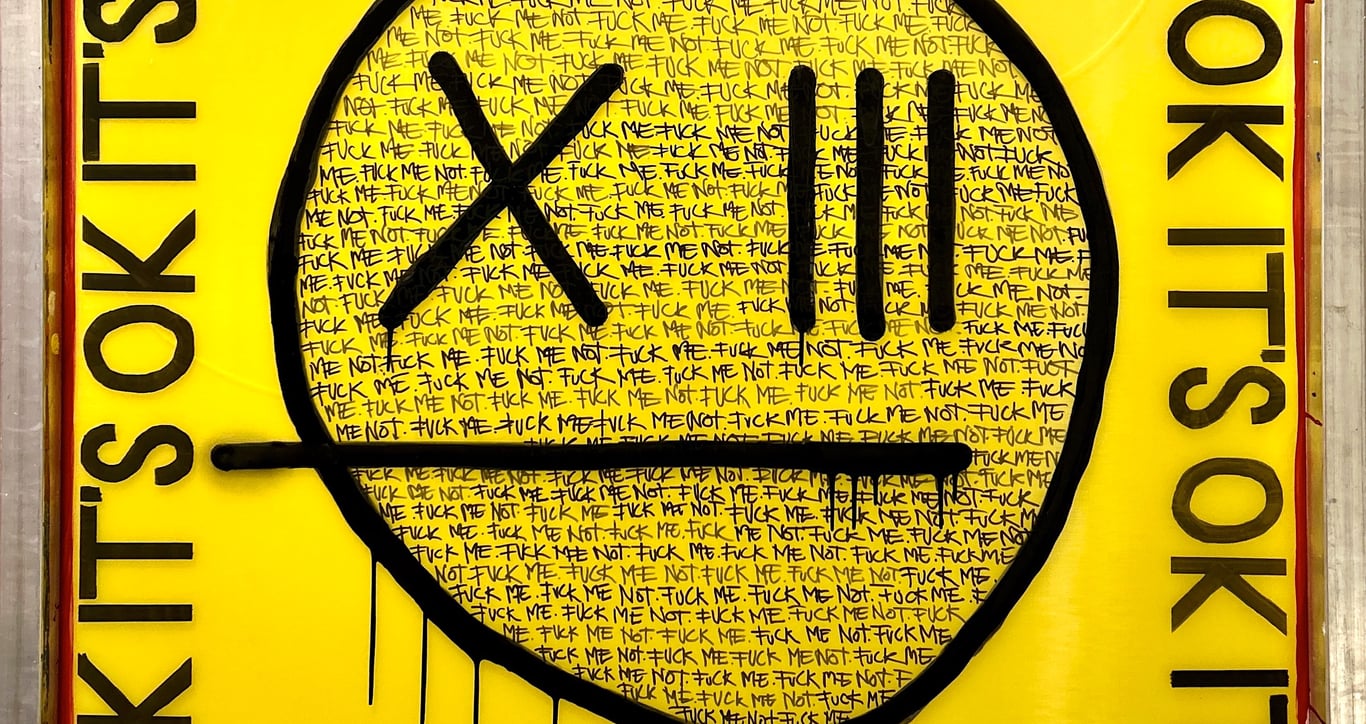Art has Entered Ordinary People’s Lives in China – This is Why

From privileged to the middle class
For years, art has been considered as the privilege for the rich or the elite in China. As the economic boom took off and the education level, with that, rose – today China’s middle class (now more than 400 million strong and still growing) are more interested in joining art activities, consuming artworks and moreover have a higher demand on receiving a proper art education. And there are an additional number of new standards, which can tell us more of what the art scene in today’s China look like and where it stems from.

Economical boom
Economically, multiple new online marketplaces for art related products are springing up, across China. Usually art auctions are the main and most popular platform for people to purchase art works. However, most of the items at auction are masterpieces with sky-high prices that ordinary people can’t usually afford. Thankfully, in China, some young online marketplace emerging in recent years, such as Jingdong Art Channel – founded in 2018, YiWang (Yi means art, and Wang means net) in 2016. These new platforms serve young artists, and their works – rather than exclusively an art market for top tier, world established, artists. These websites have even provided some guidelines for the new segment of buyers on how to get their hands on their favorite artworks. When Jingdong set up its artworks trading platform in 2018, Li Chaofei, one of the founding managers stated that: “In a market research conducted by Jingdong, 40% of their consumers are willing to purchase quality artworks. 66% male consumers prefer original paintings and 70% of female consumers prefer art derivatives.” Although art consumption remain modest in comparison to overall consumption on the Jingdong e-commerce platform, the growth of new online marketplaces demonstrates that people’s demand for art is increasing.
Digital transition
Technologically, the Internet has paved the way for the spread of art. According to a report published by China Internet Network Information Center in August 2019, 60% of Chinese citizens have access to the internet. Therefore, most of people can appreciate different genres of art without the limitation of time, space and geographical location. Especially, over the last few months, when COVID-19 almost brought Chinese art scene to a hault, many people chose to visit various famous exhibitions online. Such as Gan Shane Art Museum, 2020 Art Basel in HongKong. This trend is furthermore boosting another fledgling business: online exhibitions. Online art activities may be far from well-developed in China now, but in the future, with the help of the internet, there is no doubt that more and more Chinese people will benefit from this progress. From May 13th to May 18th, Google and Sina (China’s Twitter) held a joint 6-day online exhibition, which was supported by and featured some well-known museums at home and abroad – such as the Palace Museum, Shanghai Museum and the British Museum.

Art education
Educationally, a rising number of students graduate from renowned Chinese art universities. Even though the exams keep getting harder and harder to pass. Since 2016, when the number of students at art college educations broke the barrier of 1 million people – the number of candidates has kept rising. In 2020, it reached 1,17 million. Up around 100 000 students from the year before. The ever-increasing population indicates that more and more of Chinese youth today have opportunities to expose themselves to art. Because this survey only covered those attending higher level art educations, at various universities across China. In order to prepare their children well, parents, especially those with middle or high income level, are willing to take their children to receive art education starting at an early age.
However, the route of art entering people’s lives is not always smooth. First, China is still a developing country that has huge low-income population. Artworks may win the heart of the rich and the middle classes, but those who still struggle to make ends meet, are unlikely to buy an art piece for decoration, neither will they send their kids to have piano lessons – which can cost a lot in China. Secondly, Chinese people’s enthusiasm for art wane rapidly once the society show a sign of uncertainty. For example, amid the recent and current pandemic, artworks may become one the last things Chinese people want to buy. “Only crazy people will buy a painting instead of a face mask at this time. ” Art lover and collector Mr. Liu commented on opinions he is seeing and hearing from collector friends and middle-class art enthusiasts. A staff worker at a Guangzhou art agency also said: ”Art exhibitions are supposed to receive crowds of people starting from busy February, but for all of the spring season the industry hasn’t see the season hit. A big reason for this is that the government, reasonably, has put a ban on large-scale activities.”
Generally speaking though, the cost of enjoying art remains high, as a product of human civilization. However, together with a rising economy, level of education and access to art online – the domestic and international art scene has and may well in the coming years keep increasing in successfully and further connect with the Chinese people.





